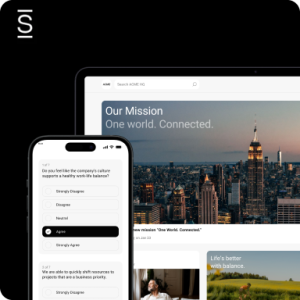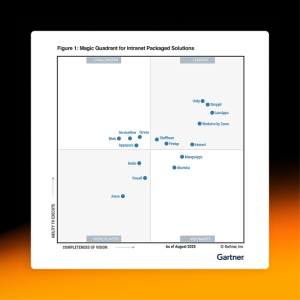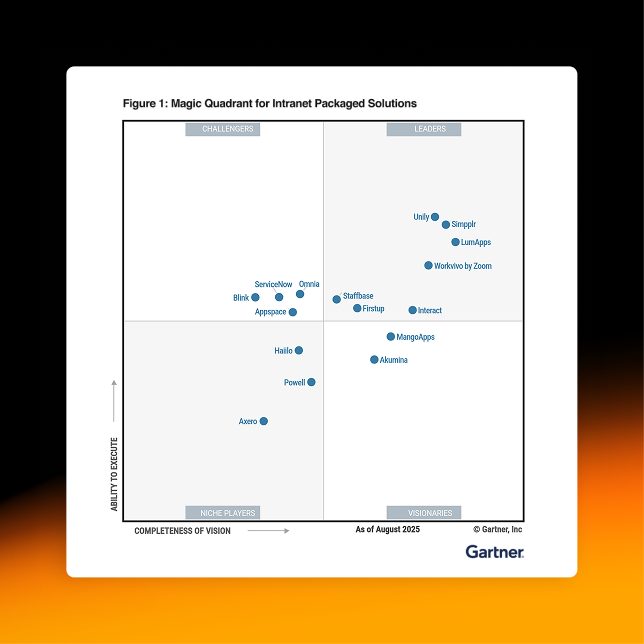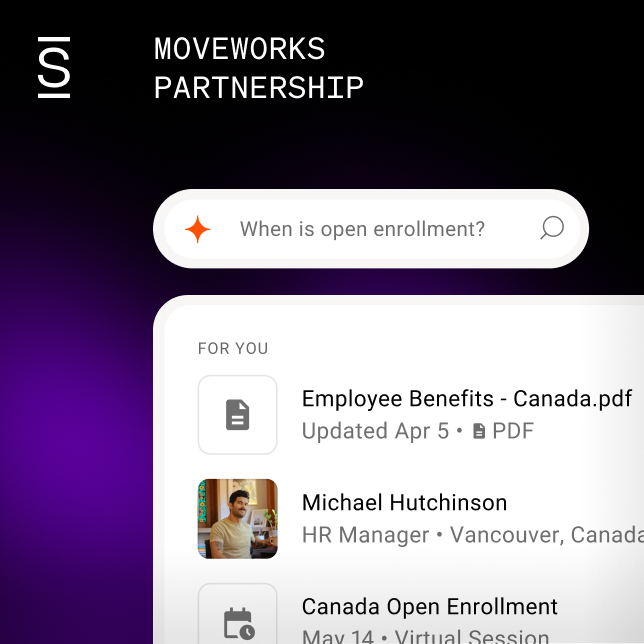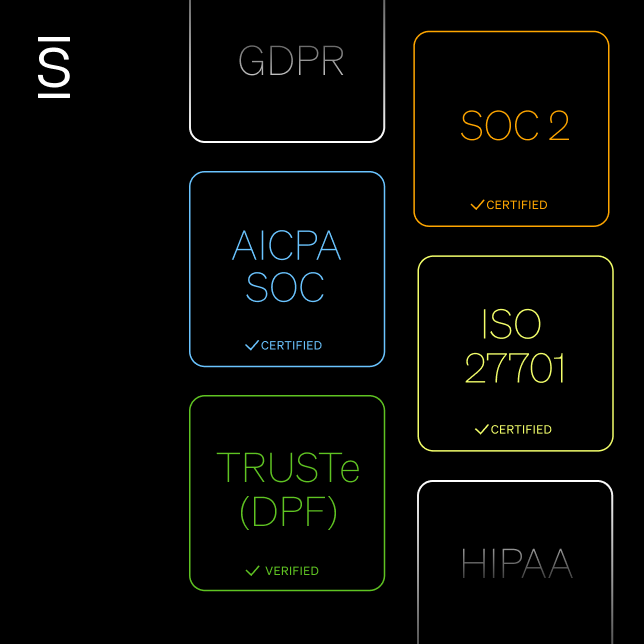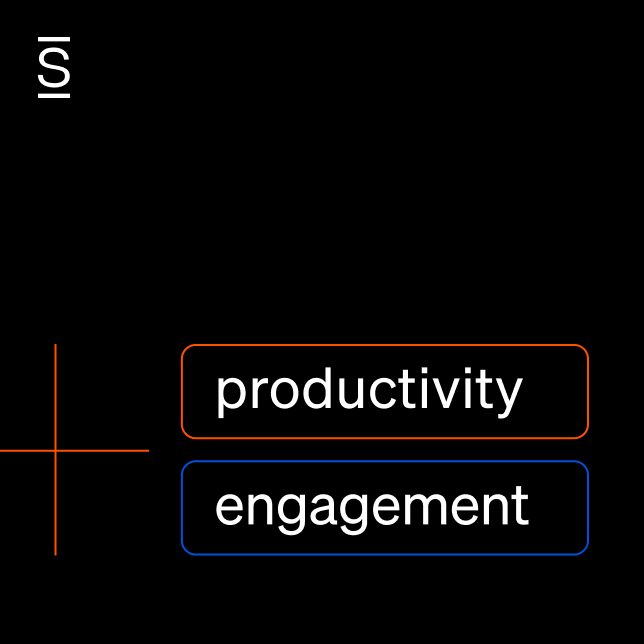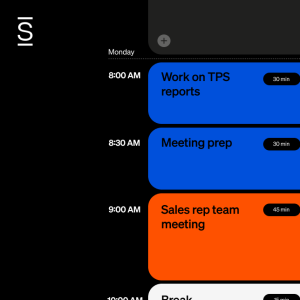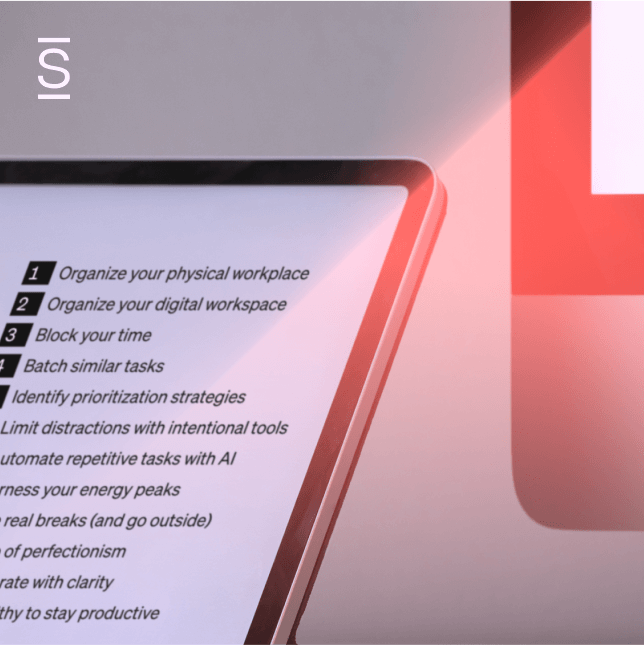There’s a difference between feeling tired and feeling burned out. You can overcome “tired” with a cup of coffee, an afternoon walk, or a good night’s sleep. Employee burnout, unfortunately, is a different animal.
In 1974, psychologist Herbert Freudenberger published an early paper on staff burnout at a free medical clinic in Manhattan’s East Village. His evidence was anecdotal, but his conclusion was clear: The people most prone to burnout are “The dedicated and the committed.”
In other words, the most engaged employees may also be the most likely to experience burnout, leading organizations to lose their best team members to stress-related turnover.
Spotting employee burnout signs before they escalate could save your organization thousands in turnover costs and protect your most dedicated team members from leaving.
This article covers the specific warning signals to watch for — from subtle behavioral changes to obvious performance drops — and practical steps to address burnout at its source. You’ll learn how to identify which employees are struggling and implement targeted solutions that prevent good people from reaching their breaking point.
As companies battle employee burnout, researchers still struggle to define it

Unfortunately, in almost half a century since that first paper, science has learned very little about what burnout is, let alone how to define it. The World Health Organization (WHO) finally acknowledged it in 2019 as an “occupational phenomenon” resulting from chronic, unmanaged workplace stress, but that gives HR professionals very little to go on when it comes to recognizing or addressing the condition.
With employee burnout on the rise around the globe, many companies have implemented wellness programs designed around mental health and self-care, but research from McKinsey about addressing employee burnout suggests that these kinds of programs are missing the mark. The real cause of burnout may not be general job stress, but specific workplace factors that define a toxic work environment.
If the underlying cause of workday burnout is a culture of unreasonable expectations, lack of trust, or unfair treatment, no amount of yoga or deep breathing can hope to fix that.
Key signs of employee burnout every organization should recognize
It’s true that stress can come from a lot of places. Employees might be dealing with stressors in their personal lives that have nothing to do with the workplace. Still, the risk of employee burnout due to negative workplace culture or expectations is always present. Don’t ignore these six warning signs of employee burnout, especially if you’re seeing a measurable difference that extends beyond a few isolated individuals.
Here are the top employee burnout signs to consider:
1. A statistical increase in absenteeism
Keep an eye on your baseline levels of absenteeism and watch for areas where those levels might be on the rise. Gallup reports that employees experiencing severe burnout are 63% more likely to take a sick day and are 23% more likely than their peers to visit the ER. If absenteeism is on the upswing, it’s time to take a closer look at the department or location.
2. Hard-to-place, prolonged physical symptoms of burnout
Symptoms of burnout and work-related stress may result in physical ailments that don’t always translate into absenteeism. Persistent cold or general complaints of nondescript aches, pains, and fatigue can be employee burnout signs to watch for. In fact, the American Psychological Association reported last year that burnout and stress are everywhere – 44% of US workers claimed physical fatigue as a direct result of workplace stress, a 38% increase over 2019 rates.
3. High or rising levels of turnover
A study reported in MIT Sloan Management Review found that toxic company culture is ten times more predictive of employee turnover than compensation. While a fair wage is essential to retaining top talent, companies today also need to focus on culture and address any underlying causes of burnout if they want to reduce attrition.
4. An unexplained drop in productivity
In challenging times like these, with supply chain slowdowns and high inflation, decreased productivity due to employee burnout can be tough to spot. But as a research paper by Health Advocate about stress in the workplace showed, low productivity due to work-related stress costs companies about $600 per worker every year. External stressors can also present a challenge to employee well-being, so check in with teams to make sure those problems aren’t deeper than they appear.
5. Missing deadlines at higher-than-average rates
Everyone has bad days. A single missed deadline in an otherwise stellar record shouldn’t raise a red flag, especially if there are extenuating circumstances. However, when employees repeatedly miss deadlines, it’s important to investigate to make sure workers aren’t struggling with unmanageable workloads or other stressors.
6. Lower levels of communication and responsiveness
When stress levels are high for too long, emotional exhaustion may set in even before physical symptoms. Co-workers may withdraw from each other, becoming less communicative and less engaged with office events. Normally, this kind of subtle change can be hard to measure, but the modern intranet platform comes with built-in analytics that can help HR leaders recognize these early warning signs.
Targeting the root causes of employee burnout
A toxic work culture is so highly correlated with employee burnout, it’s almost surprising how few elements are involved. The authors of a study reported by MIT defined it in just three:
- Failure to promote diversity, equity, and inclusion
- Workers who feel disrespected
- Employees experiencing unethical behavior
Toxic cultures fail to address interpersonal behavior that results in employees feeling unvalued, belittled, or, in the worst cases, unsafe.
Well-being programs don’t cure toxic work environments and employee burnout, because they only help with the symptoms of stress without addressing the underlying causes. Toxic workplaces are born from entire teams, but when a company culture promotes and props up the behaviors, the toxicity expands and proliferates.
Essentially, it isn’t a personal problem — it’s systemic. If the idea of rooting out and fixing a widespread systemic problem sounds daunting, here are four simple questions that can help.

Are your employees feeling isolated?
Employees who work from home can feel a sense of physical isolation, but feeling alone is by no means predicated on remote work. Workplace isolation can also be emotional when certain individuals are singled out, excluded, and shunned. Either way, making inclusivity a mandate in the culture helps to address employee burnout, build a cohesive team, and help employees reach their greatest potential. Find out what’s keeping your employees isolated and attack the cause directly.
Do workers feel that they should brush off symptoms of employee burnout?
Employee burnout signs often appear first as physical manifestations, making them crucial early warning indicators for managers who know what to watch for. HR departments may benefit from creating channels through which employees can report these symptoms directly. Otherwise, people managers may tell employees “not to worry about it” or otherwise brush off what could be warning signs of burnout and attrition.
One of the three primary elements of a toxic workplace culture is workers feeling disrespected. When long hours and a poor work-life balance lead to healthcare issues, brushing off those symptoms could obscure a problem that needs to be addressed. Connect and engage with employees directly through polls and surveys to catch signs of trouble early.
Do managers impose unreasonable time pressures on employees?
Time is money, and projects need timely completion, but unreasonable time pressures from managers create serious problems. When deadlines aren’t met, the pressure will start to wear on even the best workers. The situation becomes worse when managers regularly ask employees to work beyond their scheduled hours without offering fewer hours during slower periods. This combination of impossible deadlines and excessive overtime creates one of the most obvious employee burnout signs.
Beyond the suggestion box: are you taking employee ideas seriously?
Despite the popularity of the adage “there’s no such thing as a bad idea,” not everyone agrees. When companies dismiss employee ideas without any meaningful response—or, even worse, when they mock employees for their suggestions — it’s easy for those employees to feel like they don’t matter. It’s a clear sign of disrespect, making workers feel like they’re little more than cogs in a machine, which is exactly the kind of feeling that leads to burnout.
Start by building trust in your workplace. Companies with high levels of trust report 50% higher productivity, 74% less stress, and 76% more employee engagement.

A better employee experience starts with listening
Relieving employee burnout starts by listening to your employees about what’s working for them and what isn’t. Burnout problems require systemic changes driven by those who understand the problem from the inside out. If you want to stop the bleeding from burnout, start to listen to what employees have to say.
Then, leverage what you learn to adjust your employee experience strategy, focusing on the three primary predictors of a positive, non-toxic culture:
- Promoting diversity, equity, and inclusion
- Building a culture of universal respect
- Addressing unethical behavior quickly and decisively
How Simpplr can help
Preventing burnout isn’t about adding more perks but about creating a work environment where people feel supported, valued, and connected every day. Simpplr’s AI-powered employee experience platform makes that possible by giving leaders real-time visibility into employee sentiment, engagement, and communication patterns. With built-in AI analytics, you can detect early signs of burnout — such as disengagement, communication drop-offs, or declining adoption — and address them before they escalate.
By centralizing communications, resources, and feedback channels in one intuitive platform, Simpplr helps ensure employees have the clarity, trust, and community they need to thrive. From pulse surveys to personalized content delivery, every interaction becomes an opportunity to strengthen connection and well-being — reducing turnover risk and fostering a healthier, more resilient culture.
See how Simpplr helps organizations protect their most dedicated people and prevent burnout before it starts. Request a demo today!

Watch a 5-minute demo
See how the Simpplr employee experience platform connects, engages and empowers your workforce.
- #1 Leader in the Gartner Magic Quadrant™
- 90%+ Employee adoption rate


